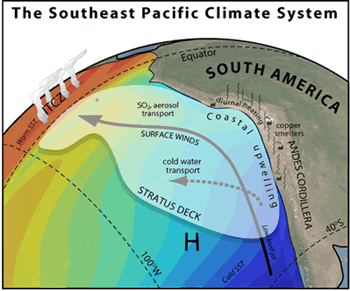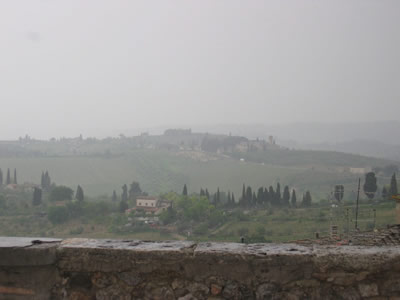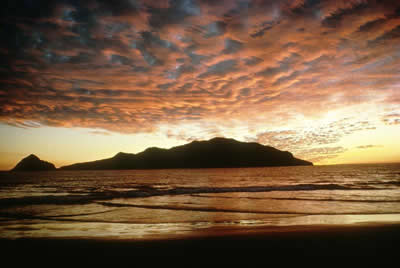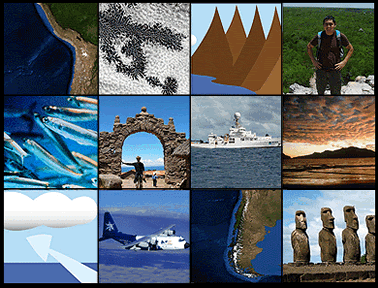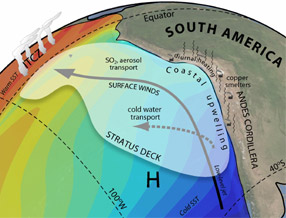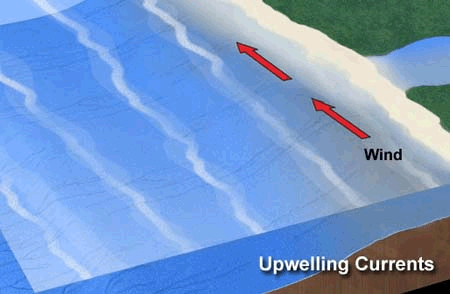Click on image for full size
Robert Wood (University of Washington) and the VOCALS Scientific Working Group
Southeast Pacific Climate
The Southeast Pacific Ocean region off the coastal areas of Peru and Chile is one part of the world where stratus and stratocumulus clouds are frequently present. Other areas include the subtropical climate regimes off the coast of California (US), and Namibia (Africa ). These areas are of great importance not only to regional climates, but to the Earth's global climate as well. The climates of these regions involve feedbacks between the ocean, clouds, atmosphere, and land. Scientists in the VOCALS Field campaign are focusing their experiments in the Southeast Pacific (SEP) Ocean off the coasts of Chile and Peru. They have chosen this area because the feedbacks in the regional climate systems are very clear.
The climate of the Southeast Pacific region is the result of interactions between the Andes Mountains, the ocean, and the atmosphere, including clouds. Clouds form right above the ocean, in an area known as the marine boundary layer. These clouds are of the low stratus type. They create an almost continuous blanket over much of the Southeast Pacific. The precipitation in this region is mostly in the form of drizzle.
Westerly winds blow thousands of miles across the Pacific Ocean toward South America. When they reach land and run into the Andes Mountains, they are forced to turn north. The wind causes the water at the ocean surface to move perpendicular to it, away from the coast, becasue of a process called Ekman transport. When the surface water moves westward, it is replaced by very cold, nutrient rich water from deep in the ocean in a process called upwelling. In the Southeast Pacific Ocean, upwelling is associated with the Humboldt Current system.
It appears that the atmosphere over most of the SEP is very clean. However, copper smelters located in Chile and Peru produce aerosols. Aerosols are also present naturally in this area from sea salt and plankton. Aerosols are known to affect the formation of clouds and precipitation.


